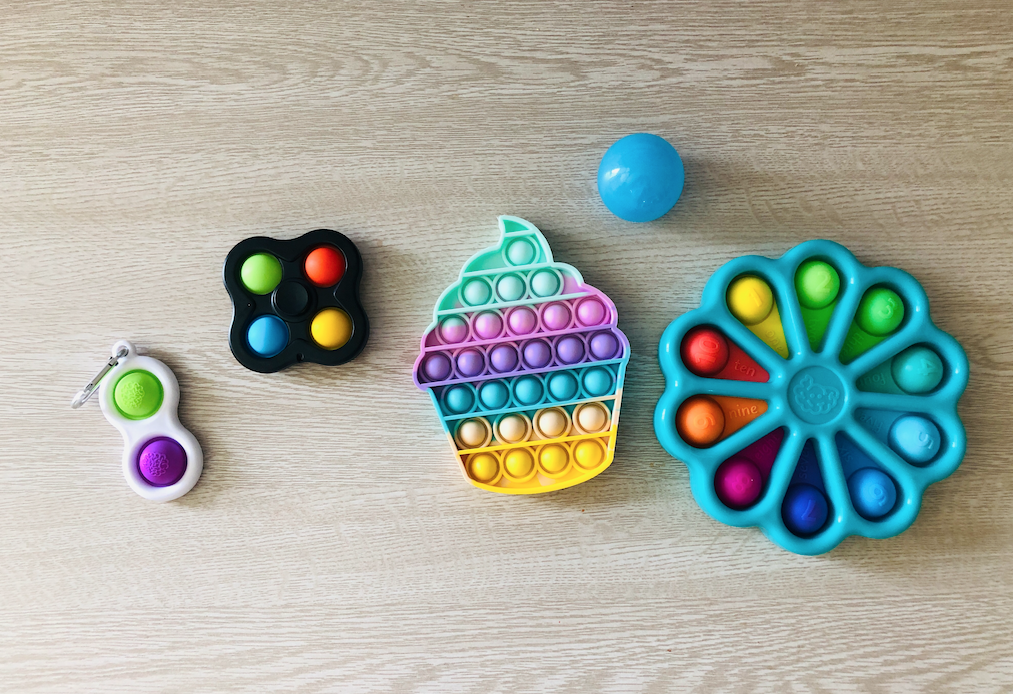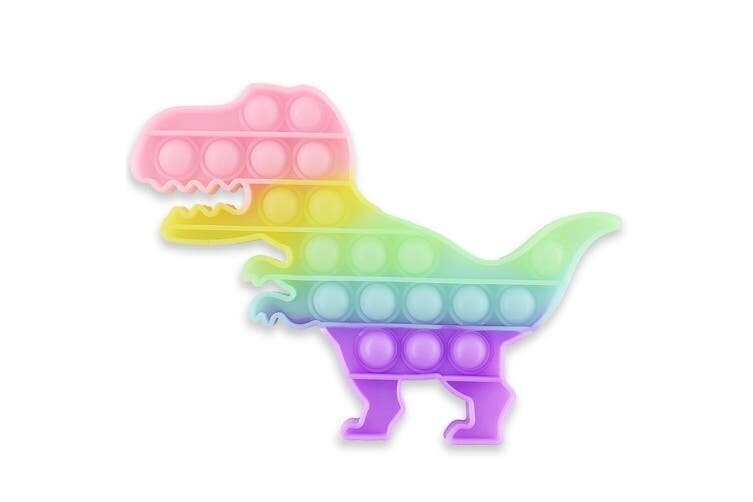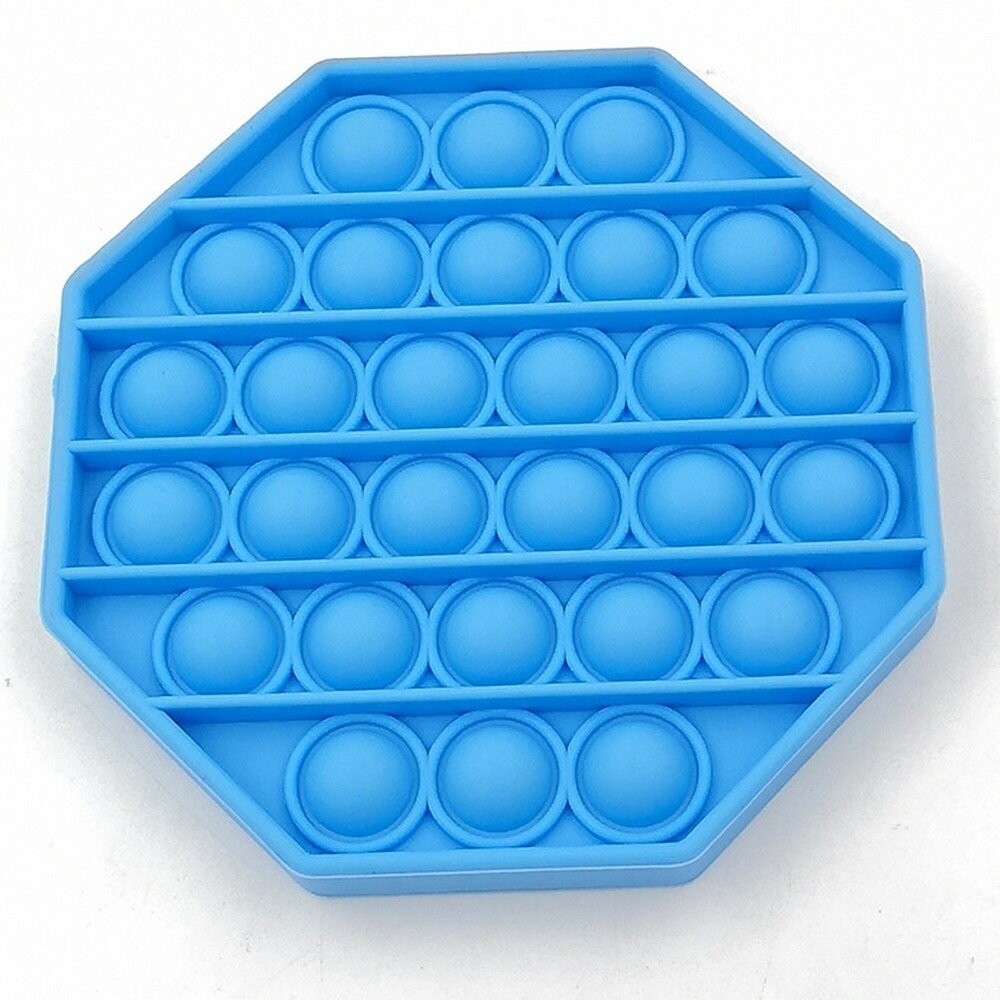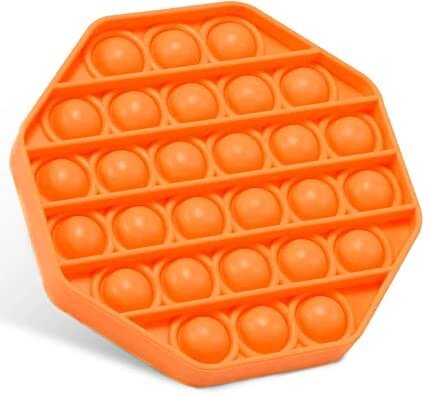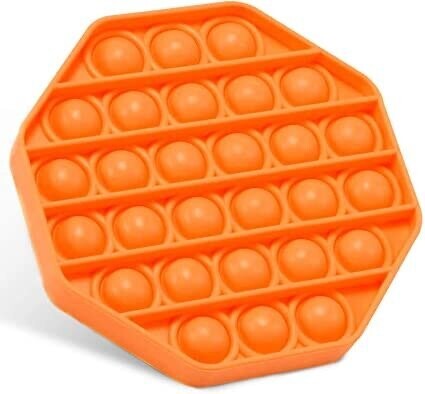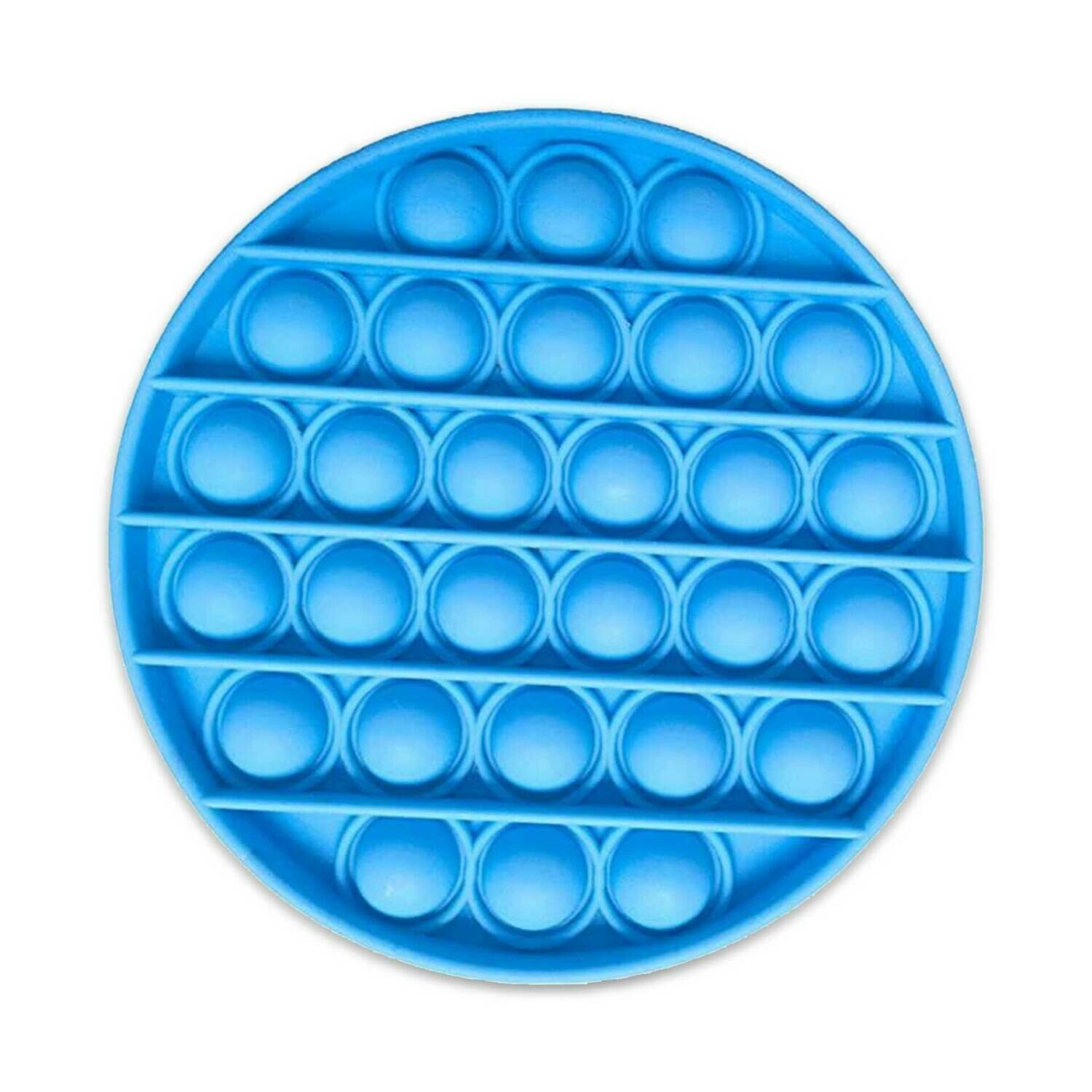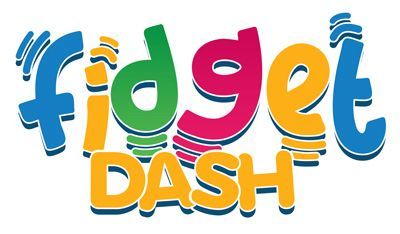Sensory Toys for Anxiety: Do They Really Work?
Anxiety can be overwhelming, affecting focus, mood, and daily life. Many people turn to sensory toys as a coping tool, but do they actually help? Let’s explore how these toys work, the science behind them, and whether they’re a good solution for managing anxiety.
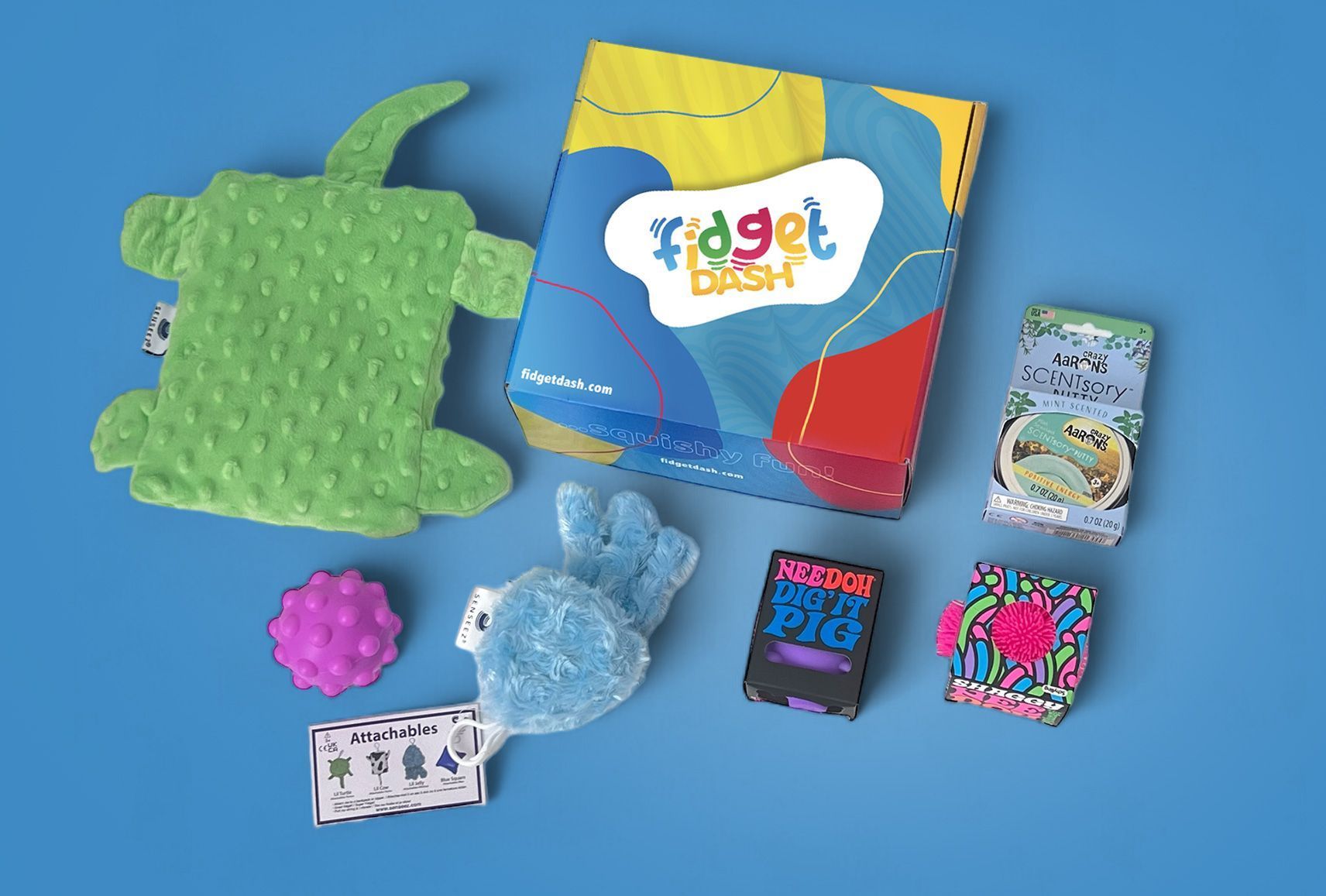
Sensory Toys for Anxiety: Do They Really Work?
What Are Sensory Toys?
Sensory toys are specially designed tools that provide tactile, visual, or auditory stimulation to help regulate emotions and focus. These include:
- Fidget Spinners – Rotating toys that engage hand movement.
- Stress Balls – Soft, squeezable balls for stress relief.
- Pop-Its & Bubble Wrap Toys – Tactile toys mimicking the satisfaction of popping bubble wrap.
- Weighted Stuffed Animals – Plush toys that provide deep pressure stimulation for relaxation.
- Chewable Jewelry – Designed for people who manage anxiety through oral sensory input.
These toys stimulate the senses, helping to redirect nervous energy and improve focus (Healthline).
How Do Sensory Toys Help With Anxiety?
1️⃣ Distraction & Focus Enhancement
Engaging the hands with a sensory toy can shift attention away from anxious thoughts. This method is particularly effective for people with generalized anxiety disorder (GAD) and ADHD (MedicalNewsToday).
2️⃣ Regulating the Nervous System
Tactile stimulation, like squeezing a stress ball, activates the parasympathetic nervous system, promoting relaxation. Weighted toys, in particular, mimic deep pressure therapy, which is known to reduce stress hormones like cortisol (NIH).
3️⃣ Encouraging Mindfulness
Focusing on a sensory toy helps bring awareness to the present moment, a technique similar to meditation. This lowers heart rate and reduces stress, especially in high-anxiety situations (Mayo Clinic).
4️⃣ Providing a Healthy Outlet for Nervous Energy
For people prone to nail-biting, leg shaking, or hair twirling, sensory toys provide a safer alternative to channel restless behavior. This can be particularly helpful for those dealing with social anxiety (Sage Journals).
What Science Says About Sensory Toys for Anxiety
While sensory toys have gained popularity, scientific evidence is mixed. Some studies suggest that they help people with ADHD and anxiety stay focused and calm, while others argue their effectiveness depends on the individual.
- A study in the National Institutes of Health (NIH) found that fidget spinners and stress balls improved focus and reduced restlessness in children with ADHD, indirectly reducing anxiety (NIH).
- Medical News Today highlights that while sensory toys may not "cure" anxiety, they provide temporary relief and stress management benefits (MedicalNewsToday).
- Psychologists recommend sensory toys as part of a larger anxiety-management plan, including breathing exercises and cognitive behavioral techniques (Healthline).
Who Can Benefit Most From Sensory Toys?
Sensory toys are helpful for:
✔
Children & Teens – Helps with school stress, social anxiety, and focus.
✔
People With ADHD or Autism – Supports self-regulation and improves attention.
✔
Adults With Workplace Anxiety – Provides a discrete way to manage stress at work.
✔
Individuals With PTSD or Panic Attacks – Tactile grounding tools can help prevent emotional overwhelm.
However, they are not a standalone treatment. They work best when combined with therapy, mindfulness, and relaxation techniques.
Final Verdict: Do Sensory Toys Really Work for Anxiety?
✔
YES – They provide
short-term relief, focus, and relaxation.
❌
NO – They are
not a cure and work best when combined with other anxiety management strategies.
If you or your child struggle with anxiety, sensory toys can be a great tool, but they should complement other coping mechanisms like deep breathing, exercise, and therapy.
Would you like recommendations on the best sensory toys for anxiety relief? Let me know! 🚀

